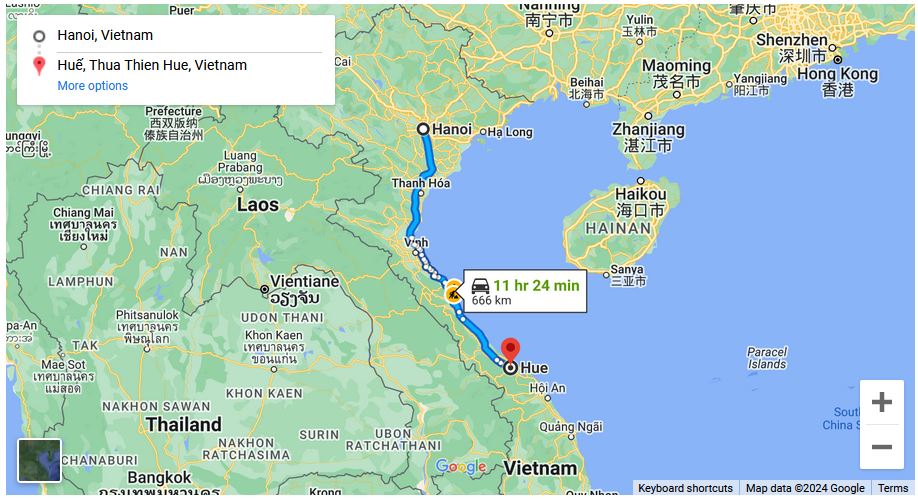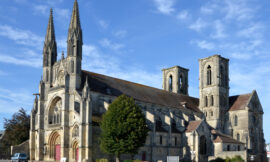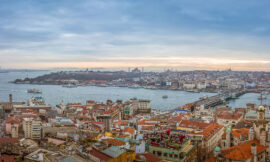The journey from Hanoi to Hue takes travelers on a fascinating expedition through the heart of Vietnam, connecting two cities that hold significant historical and cultural importance. As one embarks on this journey, the landscapes unfold to reveal the diversity of Vietnam’s geography, from the bustling capital to the imperial city of Hue, each offering a unique perspective on the country’s rich heritage.
Departing from Hanoi, a city steeped in history and modern vibrancy, the journey southward unfolds along the well-traveled route that connects the northern and central regions of Vietnam. Travelers have various transportation options, including trains, buses, and flights, each offering a distinct experience of the country’s landscapes.
As the journey progresses, the landscapes transition from the bustling streets of Hanoi to the picturesque countryside of the Red River Delta. Verdant rice paddies, traditional villages, and meandering waterways characterize this region, providing a glimpse into the agrarian lifestyle that has been integral to Vietnam’s history.
One of the notable stops along the route is the Phong Nha-Ke Bang National Park, renowned for its stunning karst landscapes and extensive cave systems. While the park is not directly en route to Hue, it is a worthwhile detour for those seeking adventure and natural beauty. The famous Son Doong Cave, the world’s largest cave, is located within this national park, offering a once-in-a-lifetime exploration opportunity.
Continuing southward, the journey approaches Hue, the former imperial capital of Vietnam and a city steeped in history. The Perfume River, which meanders through the heart of Hue, sets the stage for the city’s imperial legacy. The historical significance of Hue is best embodied by the UNESCO-listed Complex of Hue Monuments, a vast citadel that encompasses the Imperial City, royal tombs, and ancient temples.
The Imperial City, with its intricate architecture and well-preserved structures, served as the seat of the Nguyen Dynasty. The citadel is surrounded by a protective moat and high walls, and within its confines, visitors can explore the Forbidden Purple City, the royal residences, and the halls that once housed the imperial court. The sheer magnitude of the complex reflects the grandeur and sophistication of Vietnam’s imperial past.
Hue is also renowned for its royal tombs, scattered along the banks of the Perfume River. These elaborate mausoleums were constructed for various emperors of the Nguyen Dynasty and serve as a testament to Vietnamese funerary traditions and architectural prowess. The Tomb of Khai Dinh, with its European-influenced design, and the Tomb of Tu Duc, surrounded by serene gardens, are among the most visited.
Beyond its imperial heritage, Hue offers a rich cultural tapestry. The city’s vibrant street markets, where locals and tourists converge, showcase the region’s culinary delights and traditional crafts. Sampling local specialties, such as bun bo Hue (Hue-style beef noodle soup) and banh khoai (Hue-style savory pancakes), is a must for those exploring the city’s gastronomic scene.
The journey from Hanoi to Hue is not merely a physical transition between two cities; it is a voyage through the pages of Vietnam’s history and cultural evolution. From the vibrant streets and colonial remnants of Hanoi to the imperial splendor and ancient traditions of Hue, travelers embark on a narrative that encapsulates the essence of Vietnam’s multifaceted identity. Whether delving into the grandeur of imperial architecture, cruising along the Perfume River, or savoring the flavors of central Vietnamese cuisine, the journey from Hanoi to Hue offers a profound exploration of the country’s past and present.



